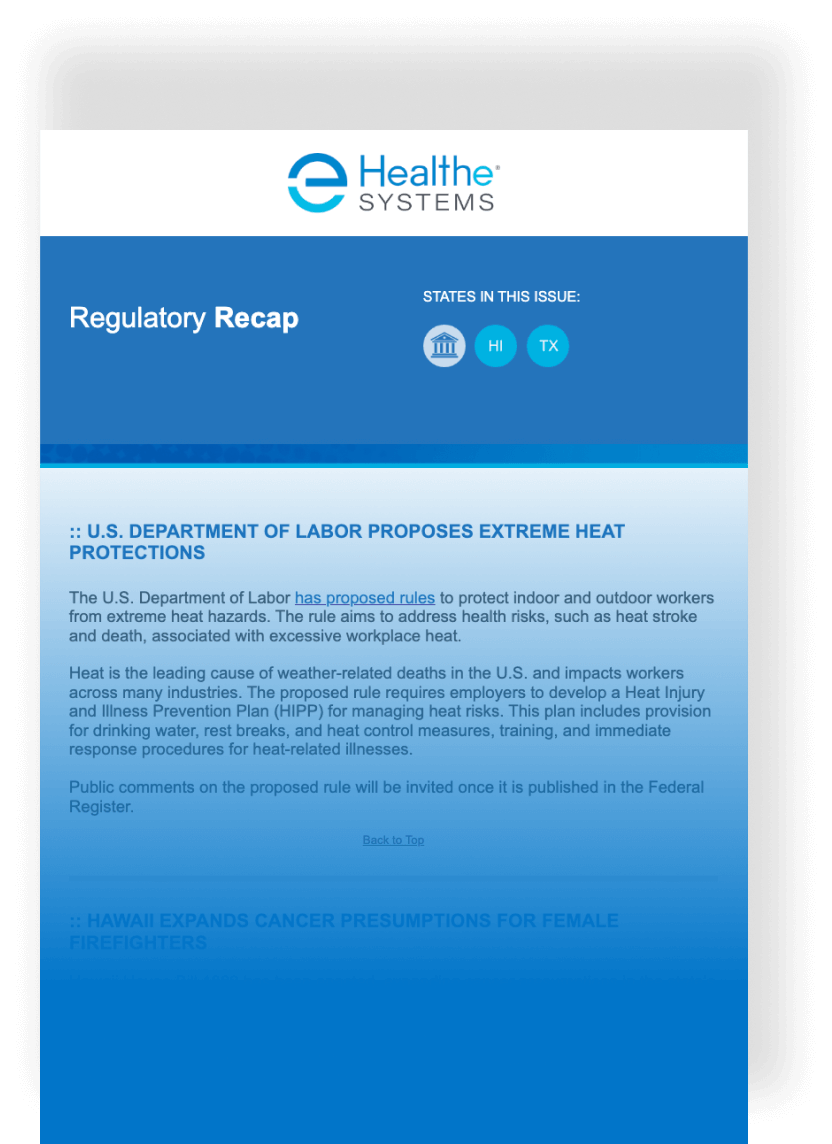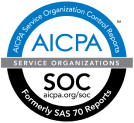The National Council on Compensation Insurance (NCCI) released its quarterly Medical Inflation Insights report, highlighting the latest economic and medical cost trends affecting workers’ comp.
While overall medical inflation remains low, reports like this help stakeholders to stay informed on economic trends that could forecast claim costs and system pressures.
When looking at medical cost trends, medical inflation remains low. The Workers’ Compensation Weighted Medical Price Index (WCWMI), a tailored measure that tracks price changes for medical services, stayed near recent lows in Q2. Physician care costs are stabilizing, with growth now moderating, particularly in states with fee schedules or Medicare-based pricing.
Tariff-sensitive categories such as drugs and medical equipment have not yet shown significant price increases, though pharmaceutical tariffs are pending. However, long-term care costs remain elevated, potentially increasing expenses for longer-duration claims.
As for larger economic trends, tariff impacts are emerging. June inflation data shows rising prices in consumer goods like furniture, appliances, apparel, and food, likely early signs of tariff effects. However, vehicle prices have declined, dropping due to high inventories and dealer incentives, though increases are expected later in the year.
Overall inflation is rising but not expected to reach 2022 levels.







